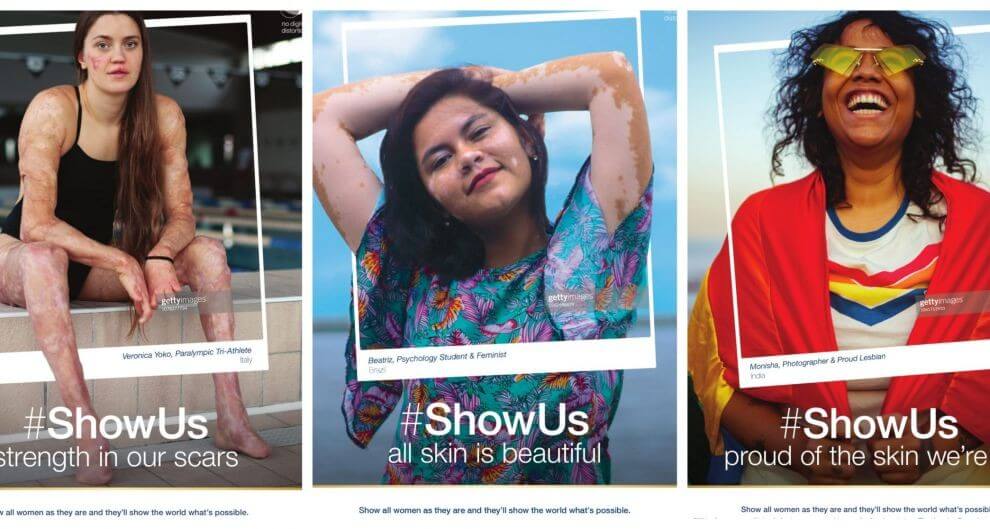In today’s rapidly evolving business landscape, Chief Marketing Officers (CMOs) are tasked with creating campaigns that not only resonate with their target audiences but also reflect the values of their organization. One essential value that should never be overlooked is inclusivity. Inclusivity in the workplace and within marketing campaigns isn’t just a buzzword; it’s a fundamental aspect that can significantly impact the success and reputation of a brand. Let’s delve into why inclusivity is paramount when developing campaigns and how CMOs can lead the charge toward a more inclusive future.
Understanding Inclusivity in Campaigns
Inclusivity in campaigns means creating content that represents and speaks to a diverse range of individuals. This involves acknowledging and embracing differences in gender, race, ethnicity, age, sexual orientation, ability, and socioeconomic background. An inclusive campaign is one that makes every potential customer feel valued, heard, and understood, regardless of their background or identity.
A perfect example is Dove’s campaign called #ShowUs which launched in 2019. According to their website, “Dove [partnered] with women & non-binary individuals everywhere to create Project #ShowUs, a collection of 10,000+ images that offer a more inclusive vision of beauty for all media & advertisers to use.”

Dove understands the importance of representation in the media, as it is imperative that everyone feels seen.
The Importance of Inclusivity
- Expanded Reach and Engagement: An inclusive campaign resonates with a broader audience, allowing your brand to connect with people who might have otherwise felt excluded. When individuals see themselves represented in marketing materials, they are more likely to engage with the content and consider the products or services being offered.
- Building Trust and Loyalty: Inclusivity fosters trust. When people feel seen and respected by a brand, they are more likely to become loyal customers. Consumers want to associate with brands that align with their values and demonstrate an understanding of their needs.
- Enhanced Brand Reputation: In a digital age where information spreads rapidly, a misstep in inclusivity can lead to significant reputational damage. On the flip side, a commitment to inclusivity can bolster your brand’s reputation as forward-thinking, ethical, and compassionate.
- Innovation and Creativity: Diverse perspectives fuel innovation. When you have a diverse team contributing ideas for your campaigns, you’re more likely to come up with fresh, creative concepts that resonate with a wide range of customers.
- Future-Proofing Your Brand: The world is becoming more diverse and interconnected. Brands that ignore inclusivity risk becoming obsolete as consumer expectations evolve. Embracing inclusivity now ensures your brand remains relevant and adaptable.

Leading the Charge as CMOs
- Cultivate a Diverse Team: To create inclusive campaigns, start with an inclusive team. A diverse team brings different perspectives to the table, ensuring that your campaigns resonate with a broader range of audiences.
- Educate and Train: Invest in training programs that help your team understand the nuances of inclusivity. This can involve workshops on cultural competence, unconscious bias, and understanding different identities.
- Inclusive Research and Data Collection: Ensure that your research methods and data collection practices are inclusive. This will provide you with accurate insights into the preferences and needs of various demographics.
- Representation Matters: Pay attention to the representation in your campaigns. Aim for diversity in visual content, language, and storytelling. Avoid stereotypes and tokenism, as they can be harmful.
- Listen and Learn: Engage with your audience and be open to feedback. If your audience points out areas where your campaign could be more inclusive, use this feedback as an opportunity to learn and improve.
What Does This Mean?
Inclusivity isn’t just a checkbox on a list of marketing objectives. As a Chief Marketing Officer, your role in championing inclusivity is pivotal. By fostering a diverse and inclusive environment within your team and creating campaigns that reflect the world’s rich tapestry of identities, you’ll not only drive business growth but also contribute to a more equitable and compassionate society. Remember, an inclusive campaign isn’t just about marketing products – it’s about making everyone feel valued and heard.
To learn more on the topic, check out our podcast, Marketing Trailblazers. On the latest episode, we had the pleasure of sitting down with Mita Mallick, Head of Inclusion, Equity, and Impact for Carta. Mallick is also co-host of popular podcast, Brown Table Talk, and is the author of Reimagine Inclusion: Debunking 13 Myths To Transform Your Workplace.




